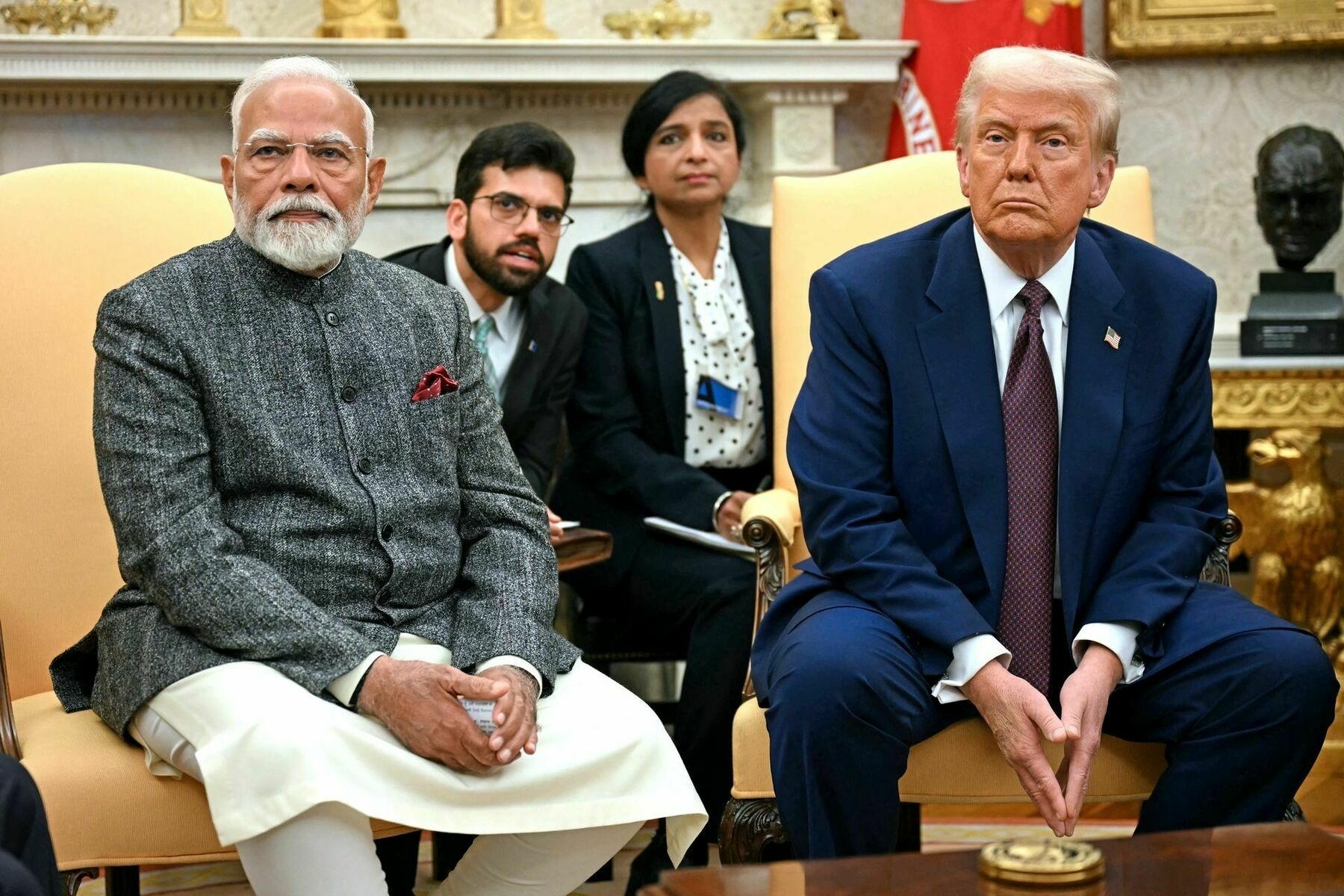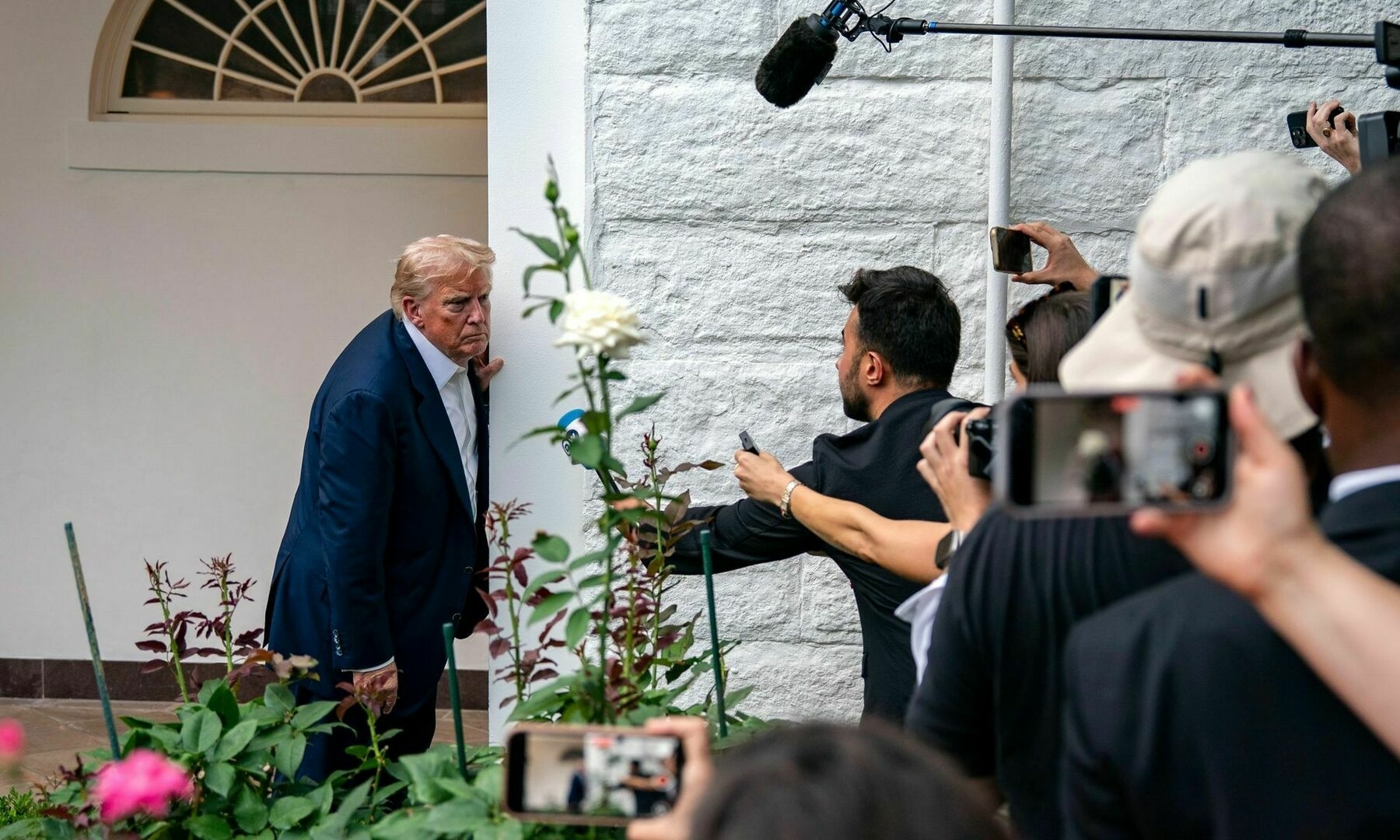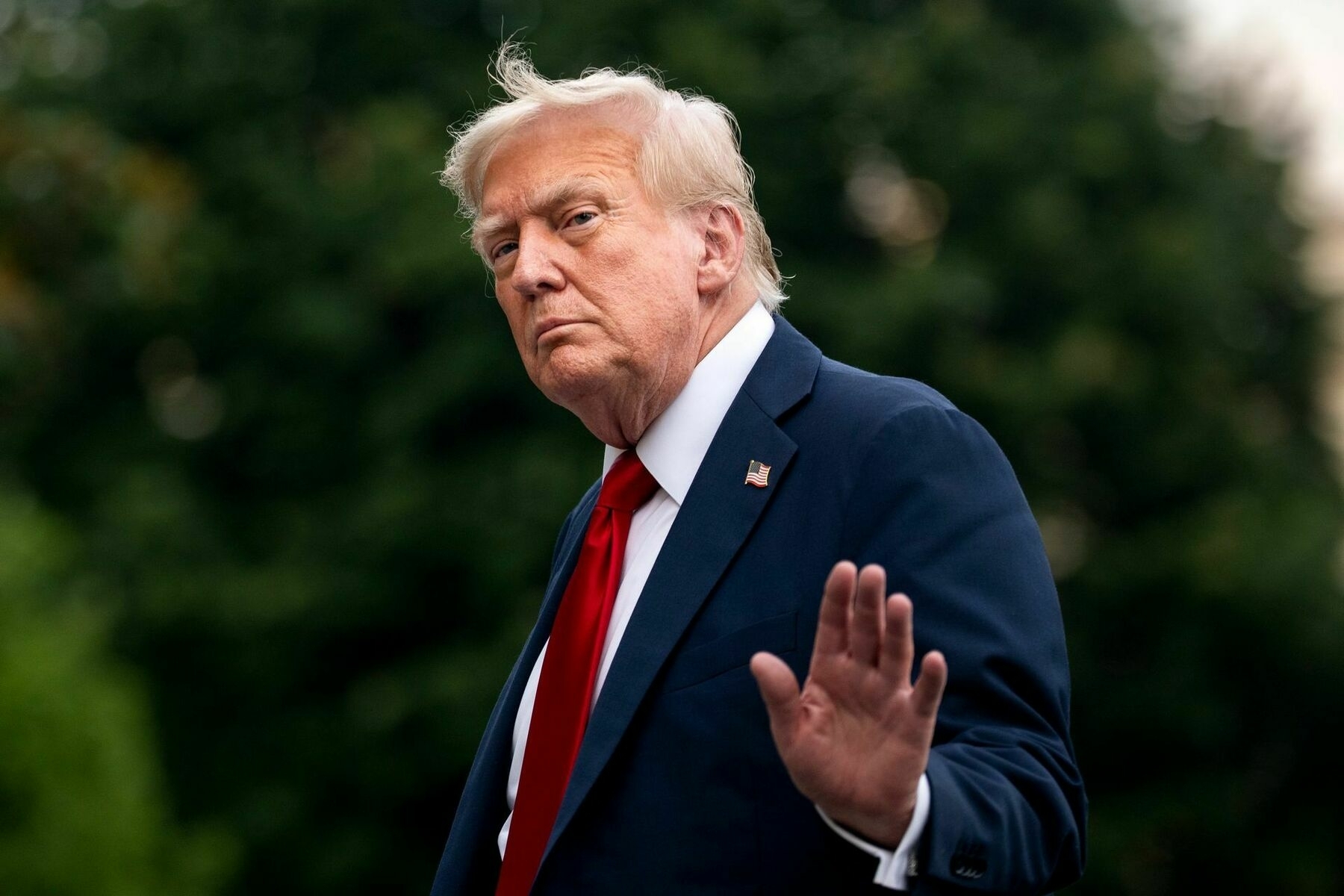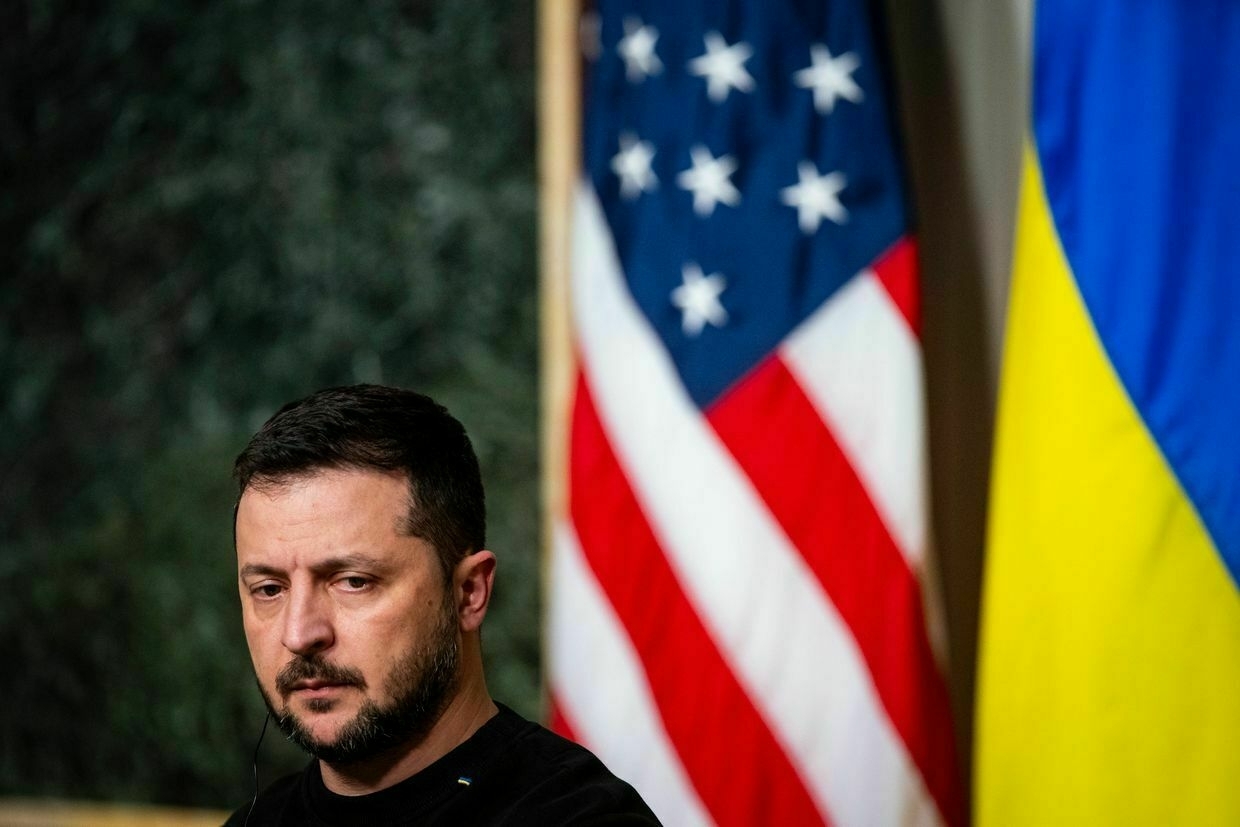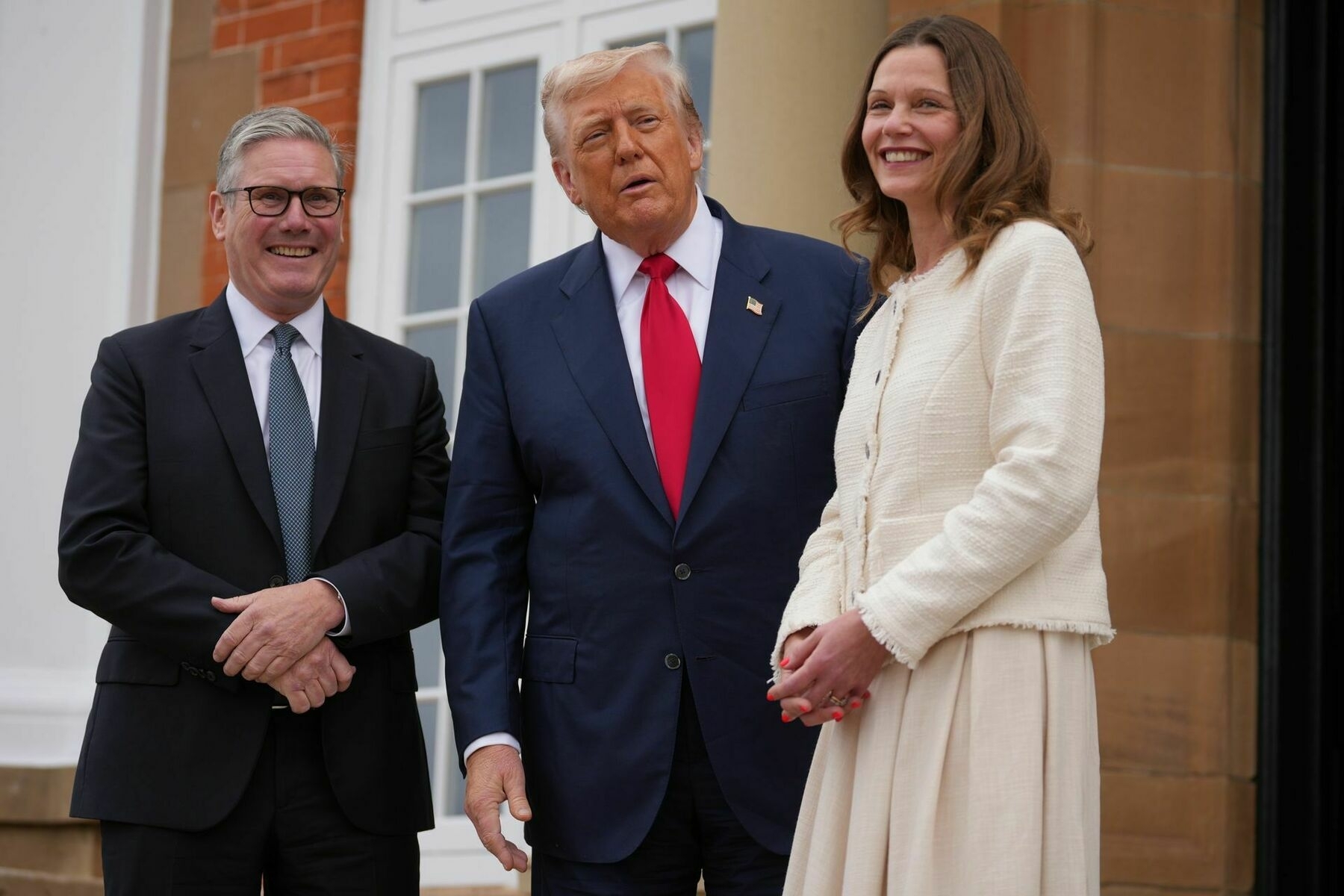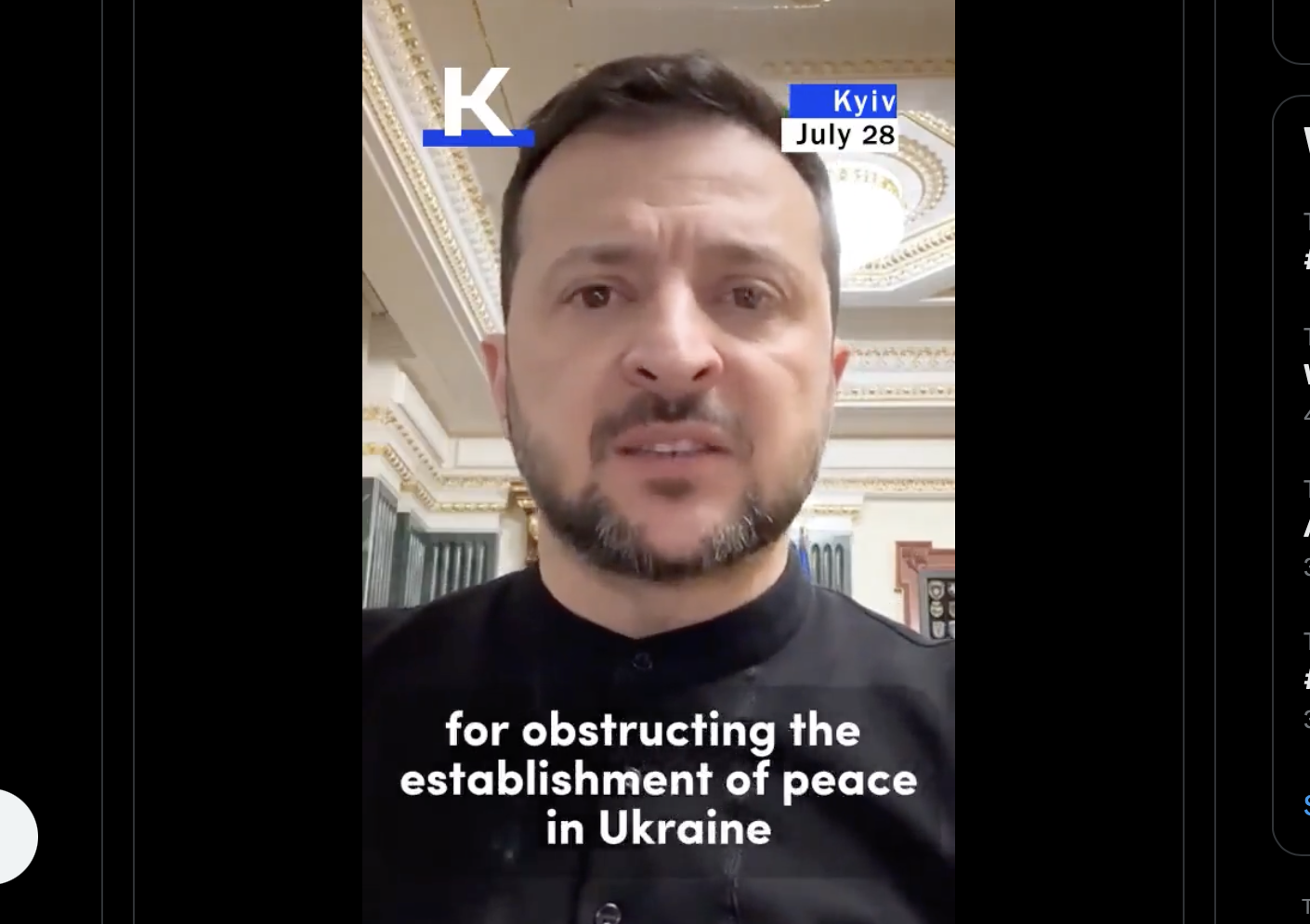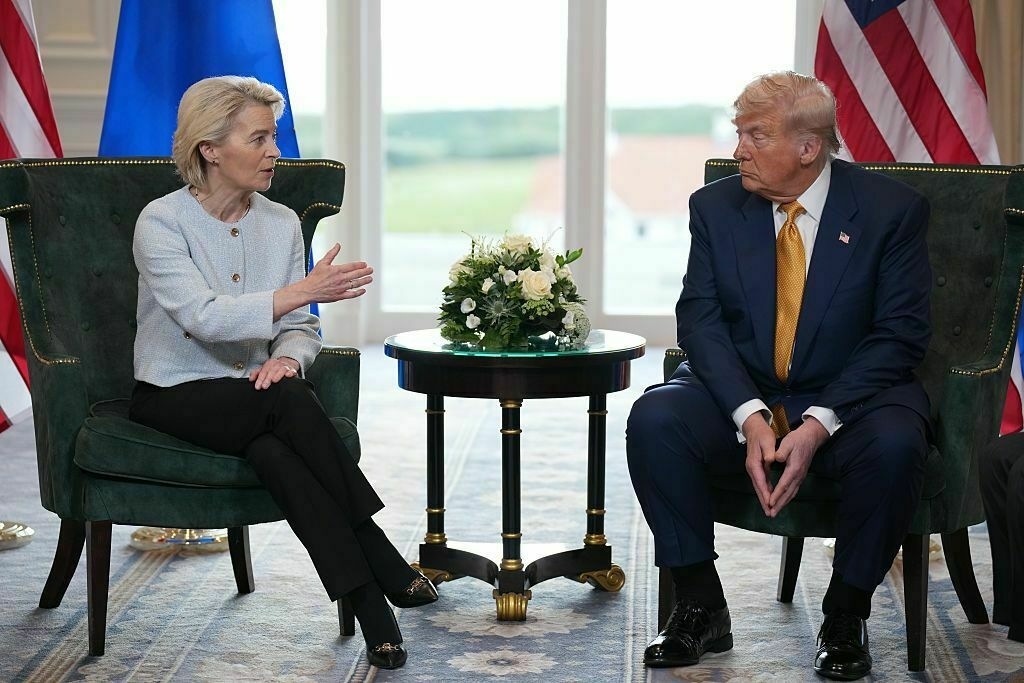-
'Each new ultimatum is a threat' — Russia responds to Trump's shortened Ukraine deal deadline
Kremlin officials have sought to appear unfazed by U.S. President Donald Trump's shortened timeline to reach a peace deal with Kyiv, accusing Trump of issuing ultimatums that amount to war mongering.
"We have been living under a large number of sanctions for quite some time —
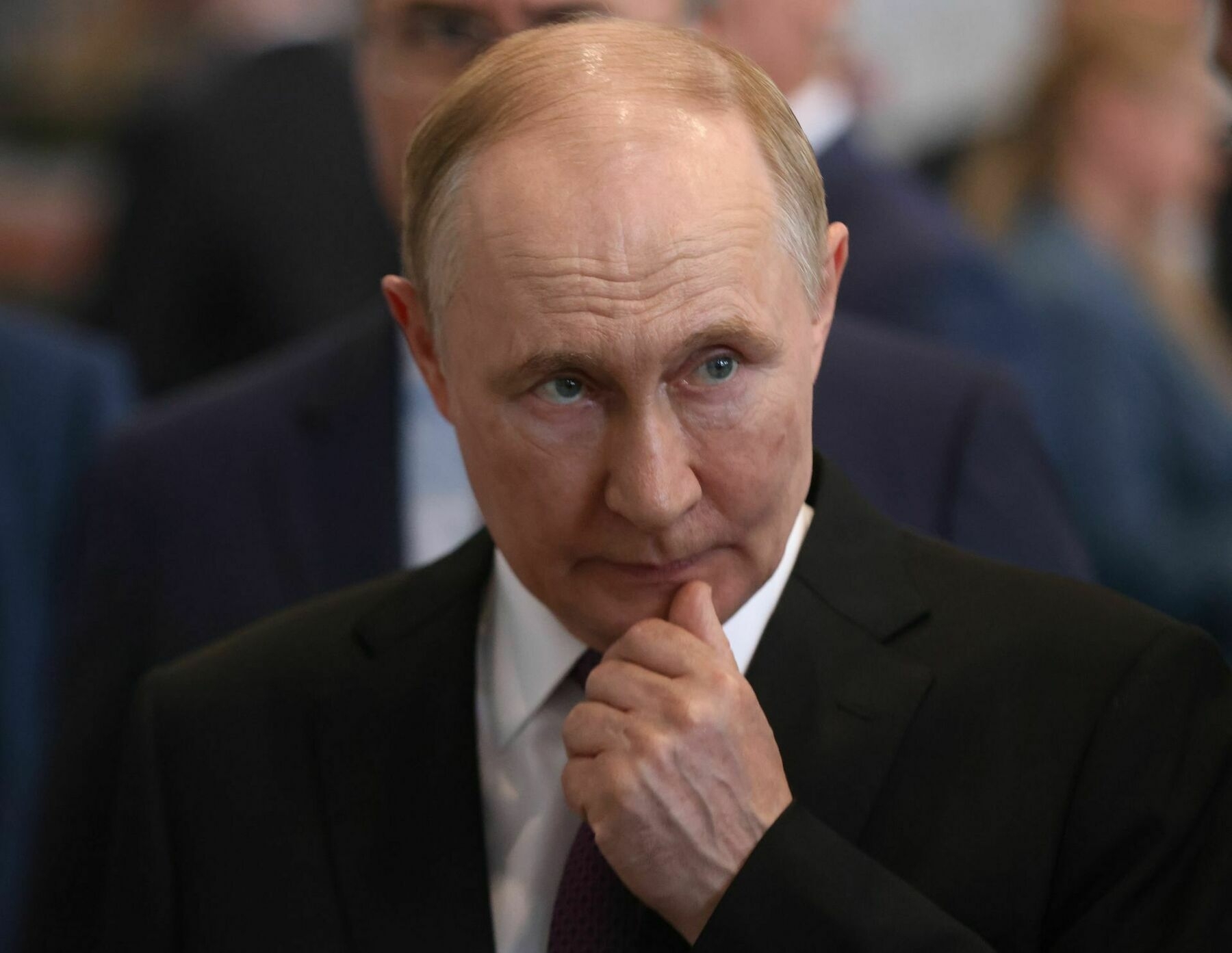
-
❗️10 days of Trump: Russia is shocked by the ultimatum! #shorts
-
Trump's deadline is approaching: A turning point or an empty threat?
-
Hackers shut down Aeroflot, Trump is putting pressure, Europe is cutting off gas.
-
Trump announces 25% tariffs on India, lambasts Russian energy and defense ties
-
Trump signals Ukrainians who fled invasion may stay in US until war ends
-
Trump REDUCES the deadline for Putin! What is the response of the Kremlin? #shorts
-
Ukraine war latest: Trump says Russia tariffs will be imposed in 10 days
Key developments on July 29:
- Trump says Russia tariffs will be imposed in 10 days
- Ukrainian drones strike train station, rail infrastructure amid large-scale attack on Russia's Rostov Oblast
- Zelensky signs law allowing citizens over 60 to join military during wartime
- Ukraine shows footage of FPV drones attacking
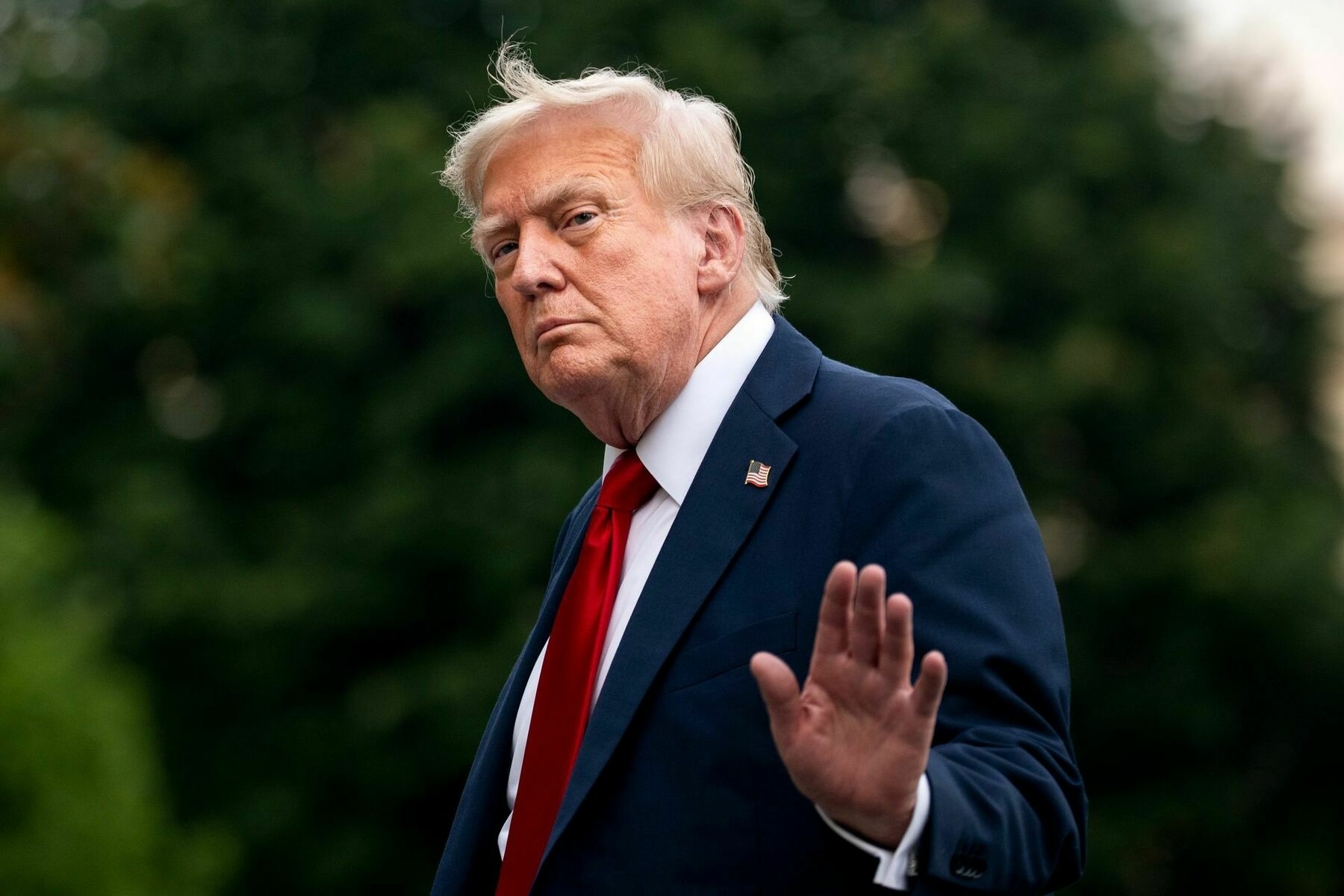
-
Trump cuts deadline — Kremlin gets 12 days to cease fire
-
Trump says Russia tariffs will be imposed in 10 days
-
Two weeks after the ultimatum: how does the Kremlin respond to Trump's pressure?
-
'Peace through strength is possible' — Zelensky welcomes Trump's new Ukraine peace deal deadline
-
Ukraine war latest: ‘I already know the answer’ — Trump to shorten Ukraine deadline for Putin to 10–12 days
-
Trump dictates terms — Ukraine is at the center of the game | News Pulse
-
This is the TRUTH! It is Russia that is prolonging the war, — Zelenskyy on Trump's statement #shorts
-
Propaganda campaign mimics Kyiv Independent to spread fake news, targets US
-
I am very DISAPPOINTED with Putin, I will shorten the 50-day deadline for him — TRUMP #shorts
-
‘I already know the answer’ — Trump to shorten Ukraine deadline for Putin to 10–12 days
-
US, EU agree on new trade deal with 15% tariff on most European goods
-
Rubio says Trump 'losing patience with Russia,' despite giving Putin 50-day peace deal deadline
